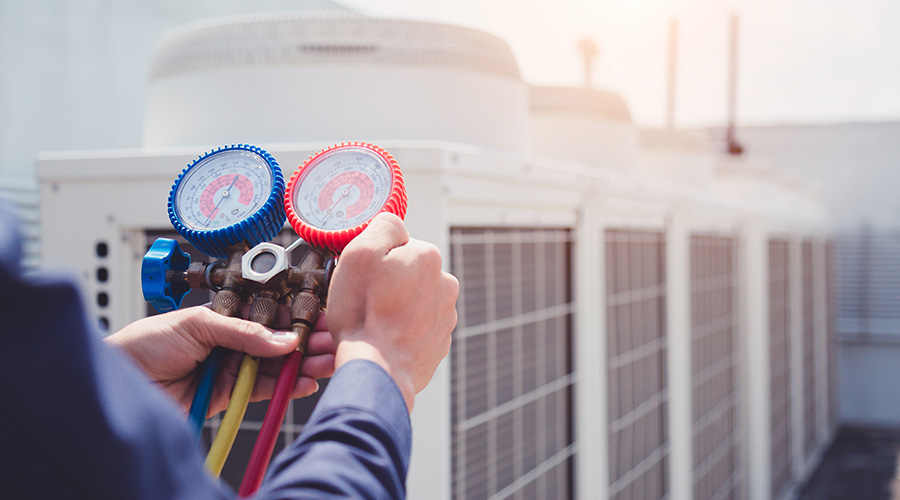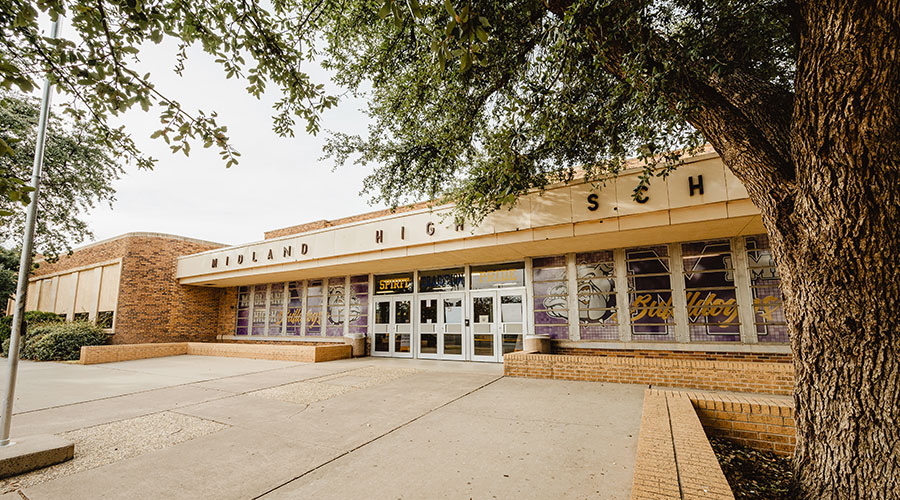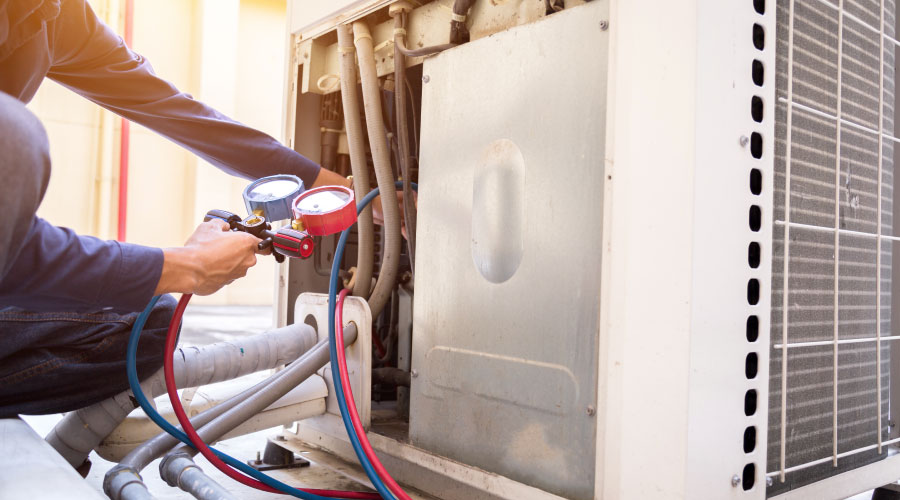Cut HVAC Costs: Avoid Simultaneous Heating and Cooling
Most HVAC systems are oversized, as engineers are loathe to get sued for undersizing equipment. Therefore, if something isn't operating properly — for example, the airside economizer is bringing in too much outside air — the system will usually have enough extra capacity to overcome the problem. If the issue is overcooling in the winter, the system has the capacity to put additional heat into the space. If the problem is overheating in warm weather, the system can respond with more cooling where it's needed. This can be a difficult problem to find, as no one is complaining about being too hot or too cold. But it is an extremely costly way to maintain temperature in a space.
If the building isn't submetered, and there are no funds to install submeters, then a monthly, or preferably weekly, analysis of the systems is something that needs to be done to reduce energy use. With a BAS in place, this can — and should — be done on a daily basis. What you are looking for is a trend away from what is normal. For instance, if a large water-cooled chiller suddenly begins using more energy than it has in the past, it might simply be that an additional load has been added — or it might be that the condenser tubes have contaminant in them, decreasing their heat transfer capability. If that is the case, checking the operation of the cooling tower and its chemical system, if chemicals are being used, or cleaning the condenser tubes would be in order.
Another possible reason might be a sensor problem, e.g., the chilled water sensor isn't operating properly or requires recalibration, or some of the two- or three-way valves have problems.
In a new building or a major retrofit, especially one looking for LEED certification, it is advisable to submeter lighting, plug loads and HVAC systems — at the minimum. Suppose there is a large spike in summer electric use that raises the demand rate for the rest of the year. How can anyone tell what caused it if there is no submetering? Submetering prices have come down, especially with wireless. While this is not a no-cost solution to a potential problem, it is definitely one worth considering. Some utilities may offer incentives for submetering.
Related Topics:














